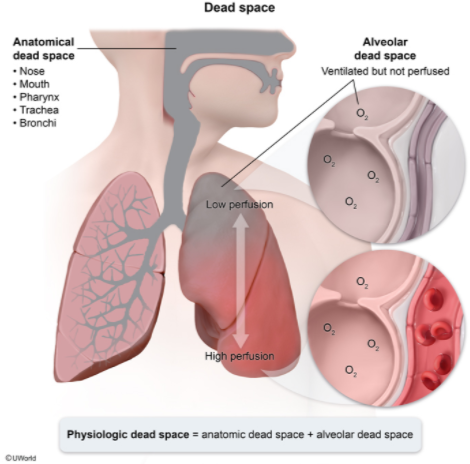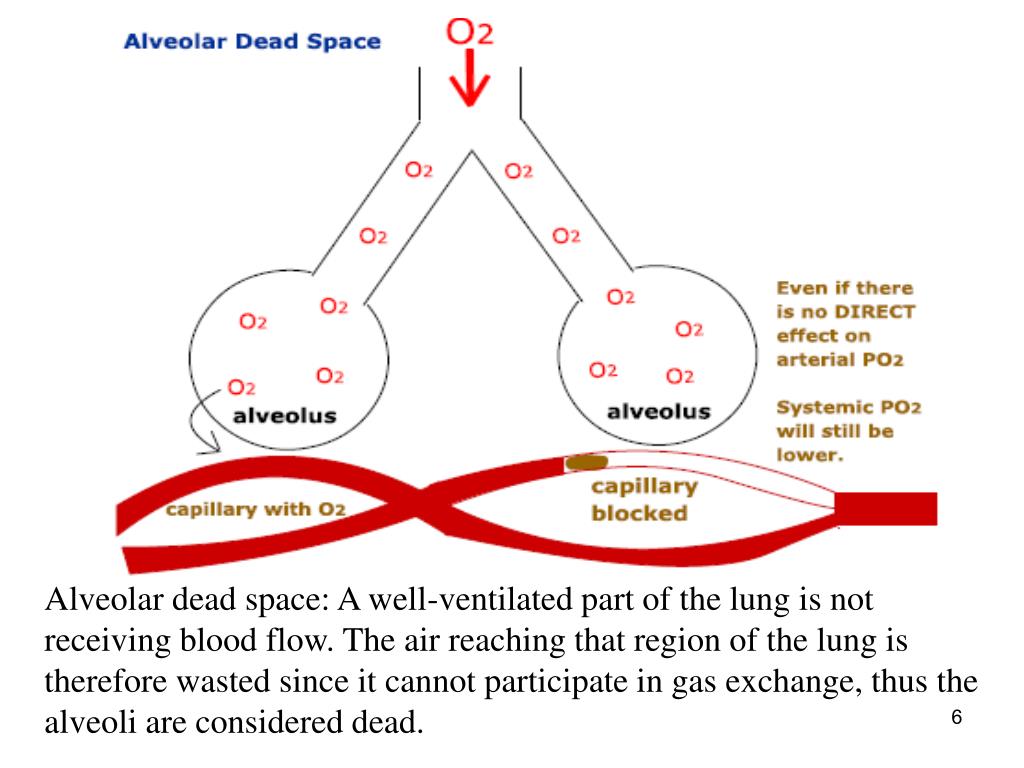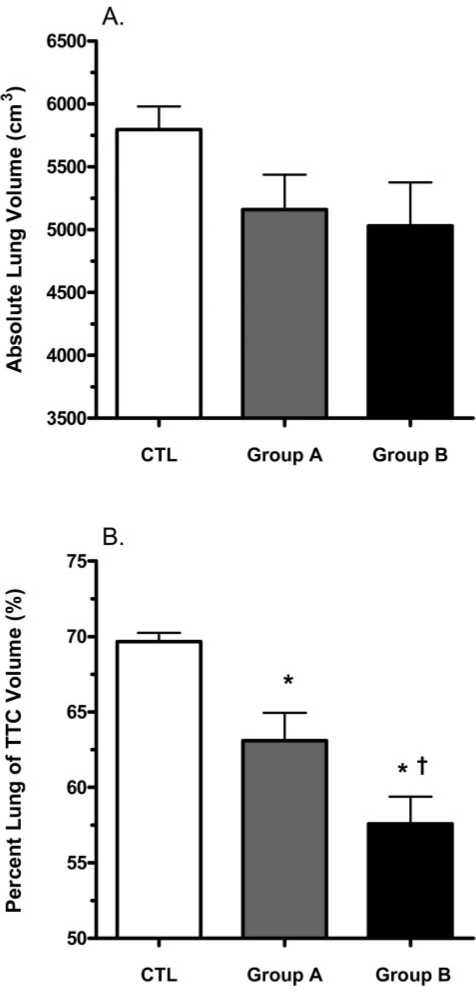
A pulmonary lobule is a subdivision formed as the bronchi branch into bronchioles.

Some diseases of the lungs typically affect one or more bronchopulmonary segments, and in some cases, the diseased segments can be surgically removed with little influence on neighboring segments. Each segment receives air from its own tertiary bronchus and is supplied with blood by its own artery. A bronchopulmonary segment is a division of a lobe, and each lobe houses multiple bronchopulmonary segments. The left lung consists of two lobes: the superior and inferior lobes. The right lung consists of three lobes: the superior, middle, and inferior lobes. Fissures separate these lobes from each other. The mediastinal surface faces the midline.Įach lung is composed of smaller units called lobes. The costal surface of the lung borders the ribs. The apex of the lung is the superior region, whereas the base is the opposite region near the diaphragm. The cardiac notch is an indentation on the surface of the left lung, and it allows space for the heart (Figure 1). The right lung is shorter and wider than the left lung, and the left lung occupies a smaller volume than the right. The lungs are enclosed by the pleurae, which are attached to the mediastinum. The diaphragm is the flat, dome-shaped muscle located at the base of the lungs and thoracic cavity. The lungs are pyramid-shaped, paired organs that are connected to the trachea by the right and left bronchi on the inferior surface, the lungs are bordered by the diaphragm. To this end, the lungs exchange respiratory gases across a very large epithelial surface area-about 70 square meters-that is highly permeable to gases. The main function of the lungs is to perform the exchange of oxygen and carbon dioxide with air from the atmosphere.

Describe the overall function of the lung.

By the end of this section, you will be able to:


 0 kommentar(er)
0 kommentar(er)
